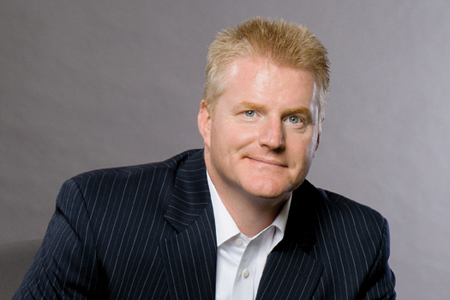Drug Take-Back Programs – Coming To A Municipality Near You
By Rob Wright, Chief Editor, Life Science Leader
Follow Me On Twitter @RfwrightLSL
 The drug industry is already the primary funder of the FDA’s operational budget through the payment of user fees. The FDA’s proposed 2014 budget, a whopping $4.7 billion, includes a proposed increase of $821 million, 94 percent of which is to be funded by drug companies. While some believe self-funded regulatory agencies to be a good thing, others feel it allows industry to have major leverage over FDA policy decision making. My concern — what precedent does this set for state and local governments to create similar self-funded regulatory initiatives?
The drug industry is already the primary funder of the FDA’s operational budget through the payment of user fees. The FDA’s proposed 2014 budget, a whopping $4.7 billion, includes a proposed increase of $821 million, 94 percent of which is to be funded by drug companies. While some believe self-funded regulatory agencies to be a good thing, others feel it allows industry to have major leverage over FDA policy decision making. My concern — what precedent does this set for state and local governments to create similar self-funded regulatory initiatives?
In July 2012, Alameda County, CA, passed an ordinance making manufacturers responsible for unwanted medicine collection. Just under one year later, California regulatory lawmakers moved forward with making the practice a statewide initiative. The idea is to prevent unused drugs from endangering children from accidental overdose, to prevent the potential of drug abuse, as well as to decrease the likelihood of these medicines getting into the waterways and environment by being flushed or thrown away. The bill (SB- 727) introduced by Hannah-Beth Jackson (D) would require drug companies to fund the collection, transportation, and disposal of unwanted medications from residential sources. If passed into law, the “Medical Waste: Pharmaceutical Product Stewardship Program,” as it is formally called, would require pharmaceutical manufacturers selling drugs in California to launch by January 2016 either an individual or joint collection program with enough drop-off locations so residents never have to travel more than 10 miles to rid their medicine cabinets of unwanted pharmaceuticals. Further, drug companies would not only pay all operational costs, but would also pay a fee to the California Department of Public Health to finance the program’s oversight and law enforcement. Finally, the law would prohibit manufacturers from passing the cost onto consumers. I understand the importance of environmental and consumer safety. However, I don’t understand why the pharmaceutical industry has to create, let alone fund, an infrastructure when one already exists in the form of your friendly neighborhood pharmacy.
Estimates place the number of pharmacies within the United States at 67,000, with more than half of these being located within other facilities, including grocery and department stores. California has the most pharmacies of any state (5,560). Doesn’t it seem fairly reasonable that if consumers are capable of picking up prescription medications, then they would be just as capable of dropping off a few unwanted medications? Not according to U.S. District Judge Richard Seeborg. On Aug. 29, 2013, Seeborg ruled in favor of Alameda County, on a lawsuit brought forth by the pharmaceutical industry claiming the drug take-back ordinance as being unconstitutional. I fully expect industry to file an appeal. In the meantime, perhaps Pharma, BIO and the Generic Pharmaceutical Association (GPhA) should take a page out of the battery industry’s playbook and develop its own take-back initiative.
A nationwide approach to taking back medications, proactively managed by the pharmaceutical and biotech industries, could prevent companies from having to embark on the daunting task of trying to fund and manage possible drug take-back ordinances developed by even the smallest form of local government.
